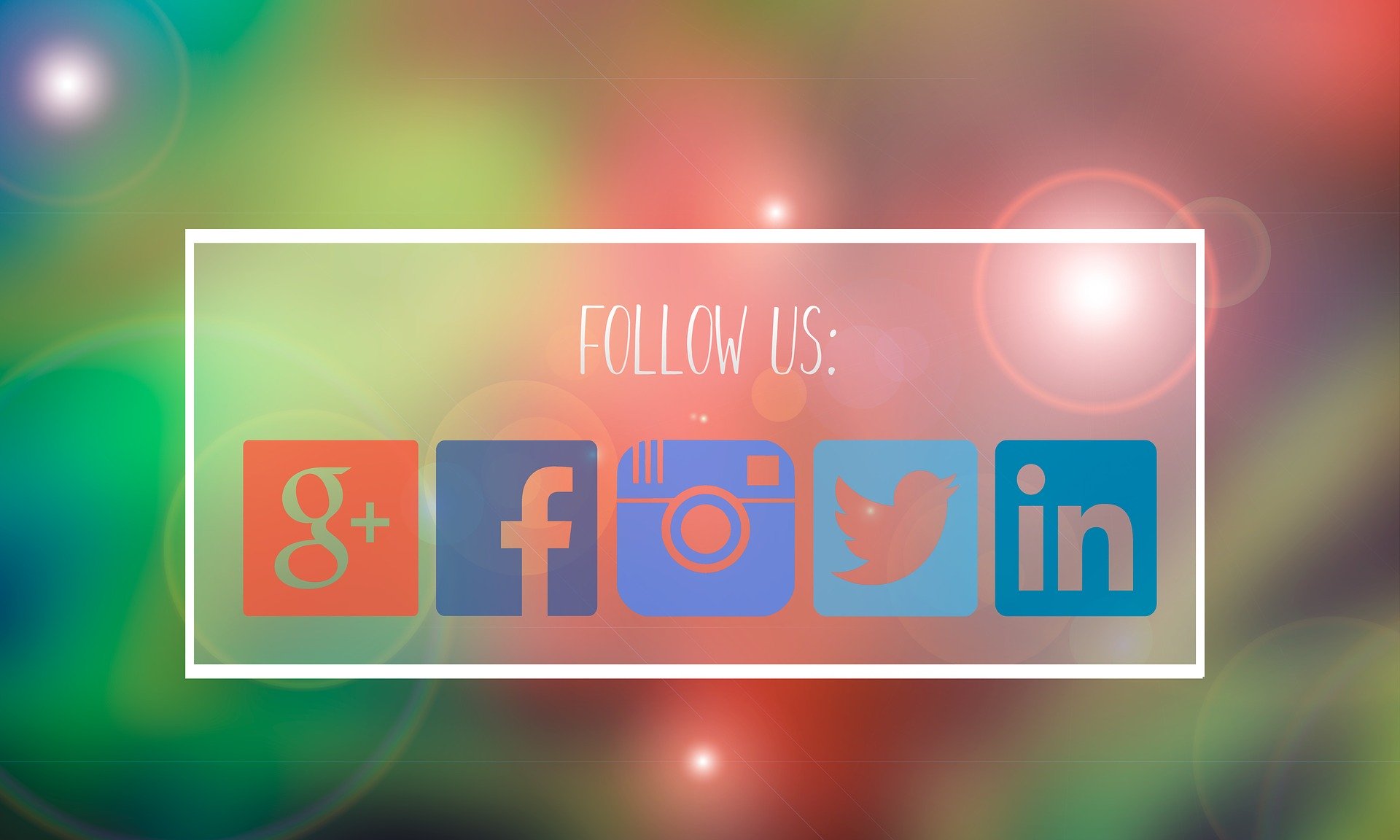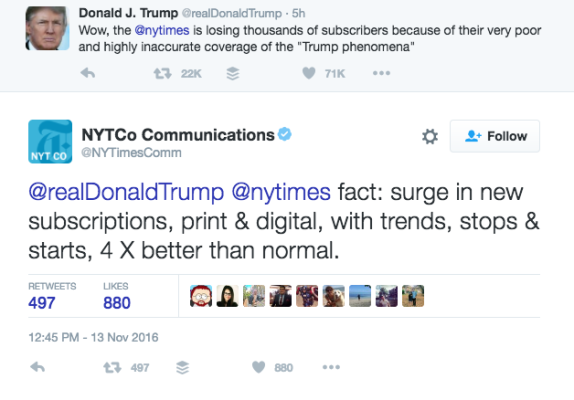The way we consume media – in terms of formats, channels, platforms, and more – is in a state of constant evolution. For PR professionals, it’s not enough to be “on social,” “into video,” or “always on mobile.” PR teams need to note what’s driving trends in content consumption – whether it be convenience, price point, overall user experience, or anything else. Only then can we understand where brand conversations and messages make sense.
In the media business, we talk a lot about how brands can get into those conversations through advertising. But what about PR? PR and other media professionals think in terms of paid versus earned media – but consumers don’t. They care about media that speaks to their interests. For an imaginative PR team, this opens up new avenues presented by current media consumption trends.
Mobile usage remains strong
Whether it’s earned or paid, more people are reading and viewing content on their mobile devices than ever before. Account Supervisor Alysha Duff expanded on this phenomenon in a recent post. Mobile ecommerce is booming, with 54% of millennial and 55% of GenZ shoppers saying social is their preferred channel for discovering brands. So for PR, there are opportunities to connect with relevant influencers, or to place branded content, or, where applicable, to take advantage of the growing popularity of click-to-buy mobile ecommerce.
But beyond that, PR teams need to step back for a moment and think about mobile UX on the media outlets they’re targeting, and to consider what the mobile experience means for overall quality of media. How does the outlet’s content render on mobile? Do its pages load quickly? Do ads or permissions interfere with the content? Media must be visually appealing on mobile, and that stands whether a PR team is strategizing for TikTok or Instagram, or for trade publications. As we all know, seamless UX just isn’t a given across all the industry publications where B2B brands want to be heard.
Podcasting is still huge for PR
Digital audio listenership only continues to trend upward, with nearly 75% of US consumers listening on digital channels in 2023. A lot of that growth is driven by podcasts – and the intimate nature of the medium, plus the trust audiences place in their favorite podcasters. That engagement presents prime opportunities for branding and thought leadership. PR teams are naturally intrigued by how precisely podcasts target audiences, and how varied they are in subject matter, tone, and length. And in PR, it’s always important to look beyond the most famous podcasters to understand which personalities have celebrity status within their sectors. Choose an industry, and you’ll find it has its own stars. Often, they’ve built their audience through a distinct voice and ability to speak authoritatively. That’s true even if they’re not the most senior professionals in the industry – or, in the case of someone like AdTechGod, even if their real-life identity is secret.
Where’s that “replacement Twitter” we asked for, anyway?
PR professionals and journalists alike are still grappling with what to do when a platform that had been a central conduit for information becomes a minefield of brand-unsafe content and unreliable narrators. It’s even more urgent when the platform keeps losing the users PR teams want to engage. In the case of X, formerly Twitter, no single social platform has emerged where PR pros can simply port over and replicate their Twitter strategies. PR leaders need to grapple with a digital landscape where media interactions take place on a platform that may not look like Twitter. This is actually an opportunity to shift PR/editorial interactions to a platform engineered to facilitate those interactions. Patrice Gamble, Director, Public Relations, recently told us about how platforms like Discord and Media.com give PR teams the means to meet on equal ground, and to work together to build shared trust and elevate storytelling.
Tracking trends in media consumption means we’ll recognize where messages can contribute to the conversation organically and intuitively. It takes dedication and imagination, but that understanding is necessary to successfully adapt PR strategy for the way people consume media today.












